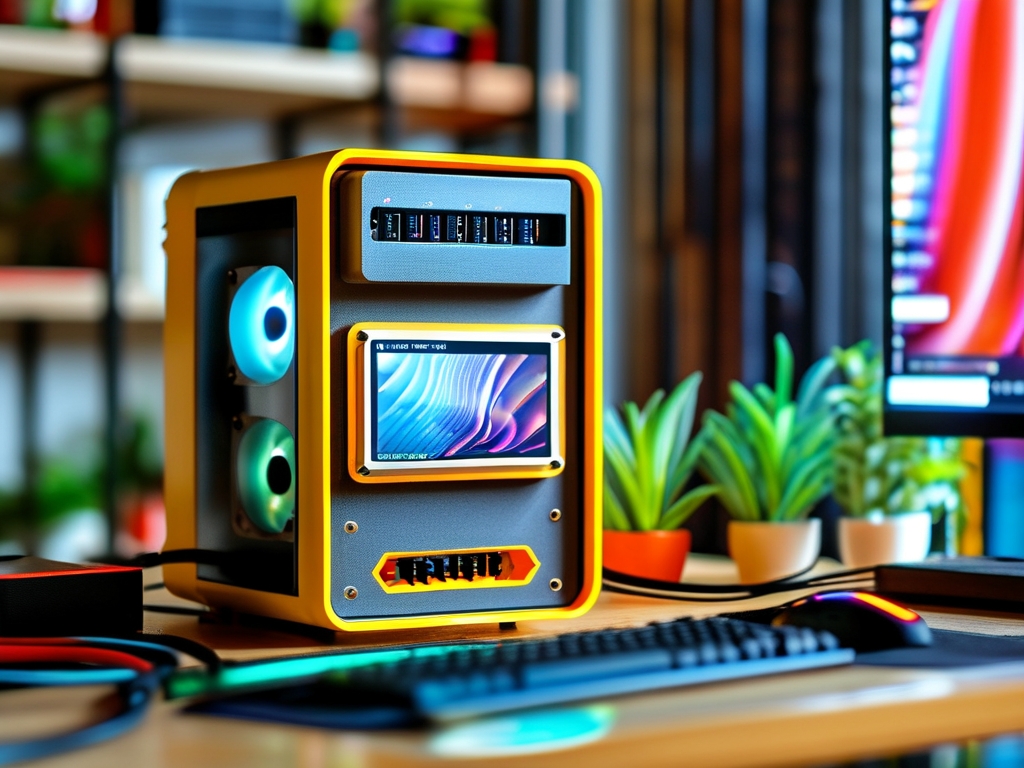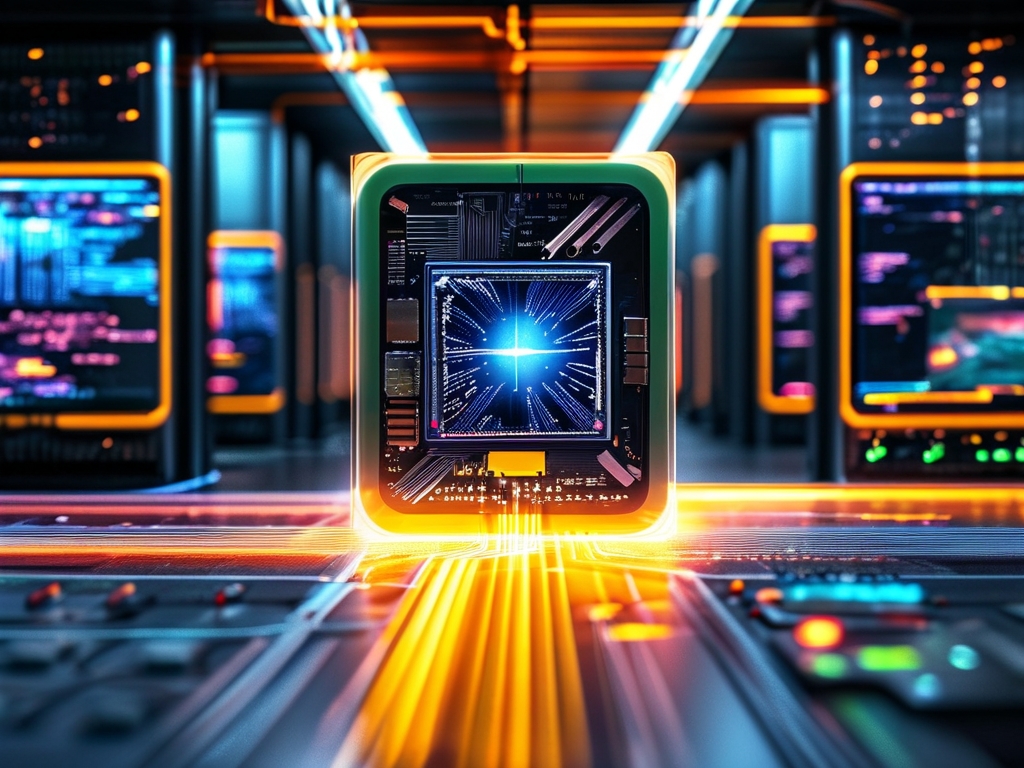The convergence of power supply design and embedded systems development has become a cornerstone of modern electronics, enabling advancements in industries ranging from consumer gadgets to industrial automation. As embedded systems grow more complex and power-hungry, engineers face unique challenges in optimizing energy efficiency, thermal management, and reliability. This article explores the interplay between power supply development and embedded engineering, highlighting critical considerations and emerging trends.
1. The Role of Power Supply Design in Embedded Systems
Embedded systems rely on stable and efficient power delivery to function correctly. Whether it’s a microcontroller in a smart thermostat or a multi-core processor in a medical device, every component demands precise voltage regulation and minimal noise. Power supply design ensures that these requirements are met while balancing constraints such as size, cost, and energy consumption. Key aspects include:
- Voltage Regulation: Linear regulators vs. switching regulators, each with trade-offs in efficiency and noise.
- Energy Efficiency: Techniques like dynamic voltage scaling (DVS) to reduce power waste.
- Miniaturization: Integration of power management ICs (PMICs) to save space in compact embedded designs.
2. Challenges in Power-Aware Embedded Development
Designing power supplies for embedded systems is not a standalone task—it requires collaboration with firmware and hardware teams. Challenges include:
- Dynamic Load Variations: Embedded devices often switch between active and sleep modes, demanding power supplies that adapt quickly to load changes.
- Thermal Management: High-density designs generate heat, necessitating thermal-aware PCB layouts and cooling solutions.
- Battery-Powered Systems: For IoT and wearable devices, maximizing battery life involves optimizing both hardware (e.g., low-quiescent-current components) and software (e.g., sleep mode algorithms).
3. Innovations in Power Supply Technologies
Recent advancements are reshaping how engineers approach power delivery in embedded systems:

- Wide-Bandgap Semiconductors: Gallium nitride (GaN) and silicon carbide (SiC) devices enable smaller, faster, and more efficient power converters.
- Energy Harvesting: Solar, thermal, or RF energy harvesting extends battery life in remote sensors.
- Digital Power Management: Microcontrollers with built-in power control loops allow real-time adjustments via software, enhancing flexibility.
4. Software-Defined Power Optimization
Embedded software plays a pivotal role in power management. Techniques include:

- Adaptive Clock Throttling: Reducing CPU frequency during low-demand periods.
- Peripheral Management: Disabling unused peripherals to cut idle power.
- Predictive Algorithms: Machine learning models that forecast power needs based on usage patterns.
5. Case Study: Powering a Smart Industrial Sensor
Consider a wireless industrial sensor that monitors machinery health. Its power supply must handle sporadic high-current bursts during data transmission while maintaining ultra-low power during sleep phases. A hybrid approach combining a switching regulator (for efficiency during transmission) and a low-dropout regulator (for stable sleep-mode voltage) achieves this balance. Firmware further optimizes performance by scheduling transmissions during periods of low electromagnetic interference.
6. Future Trends and Industry Demands
As edge computing and AI-driven embedded systems proliferate, power supply design will face new demands:
- High-Current Applications: GPUs and AI accelerators in embedded devices require robust power delivery networks.
- Sustainability: Regulations pushing for energy-efficient designs and recyclable materials.
- Safety-Critical Systems: Redundant power architectures in automotive and medical devices to ensure fail-safe operation.
The synergy between power supply development and embedded systems engineering is vital for creating next-generation devices. By leveraging innovative technologies and cross-disciplinary collaboration, engineers can overcome challenges related to efficiency, size, and reliability. As the Internet of Things (IoT) and smart infrastructure expand, mastering this intersection will remain a key driver of technological progress.






